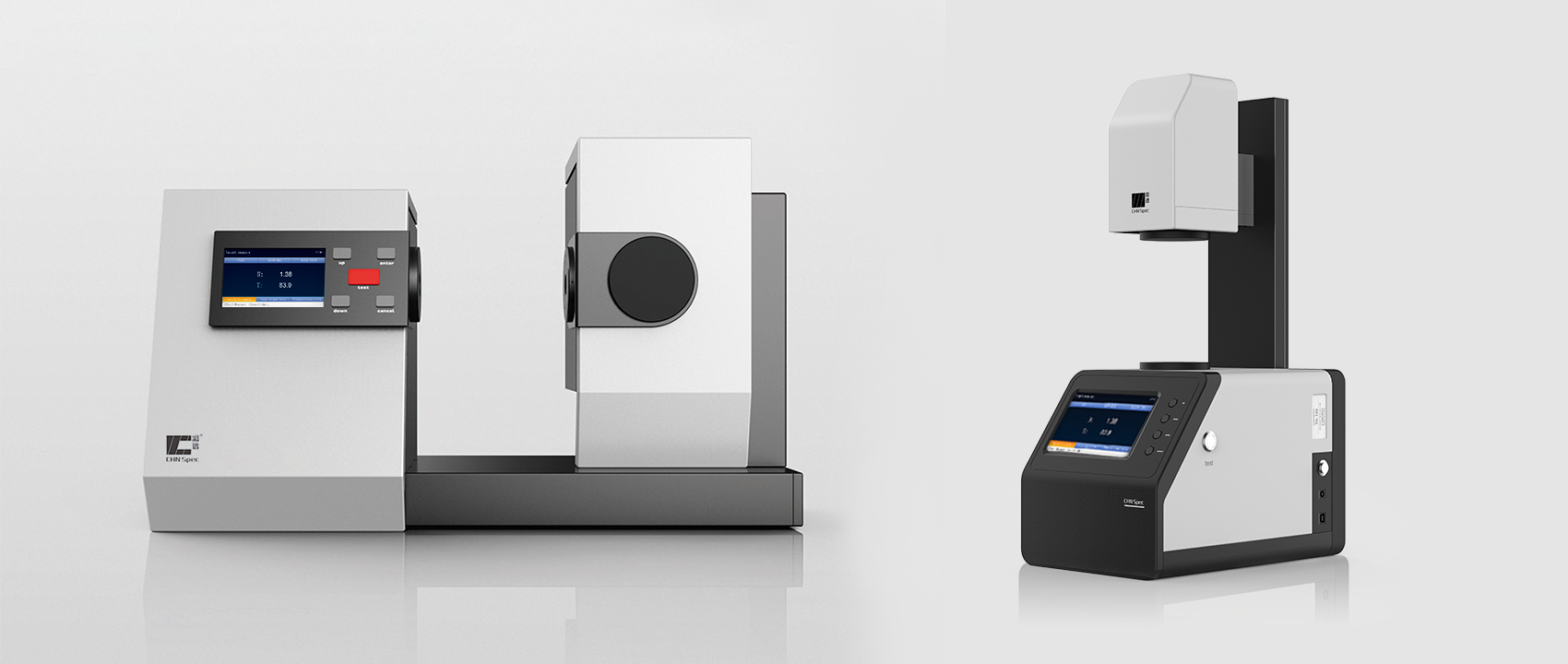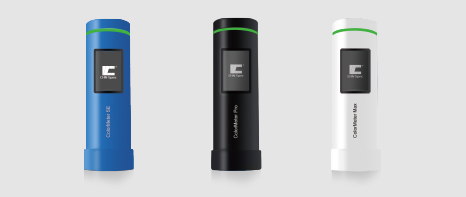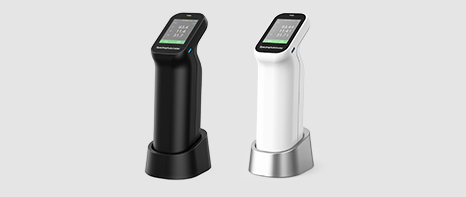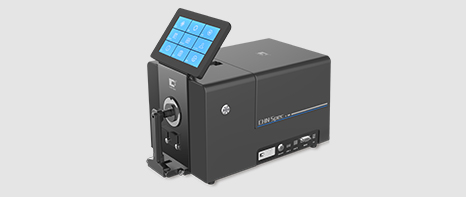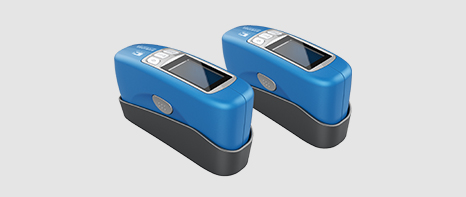- color education
-
color measurement standard
-
current position:亚博电竞网站-yb体育官方 >
-
do you know the meaning of color value?
-
the value of the color is represented by the international used color space such as lab, lch, rgb, xyz, yxy,etc. lab is the most commonly used.
cie1976 l*a*b* color space is mainly used for paint, building material ,coating and other other surface color industries. it is also called cielab. l * is the brightness coordinate, which characterizes the brightness of the color. a * b * is the color coordinates, which characterizes the color tone and saturation. please refer to figure.
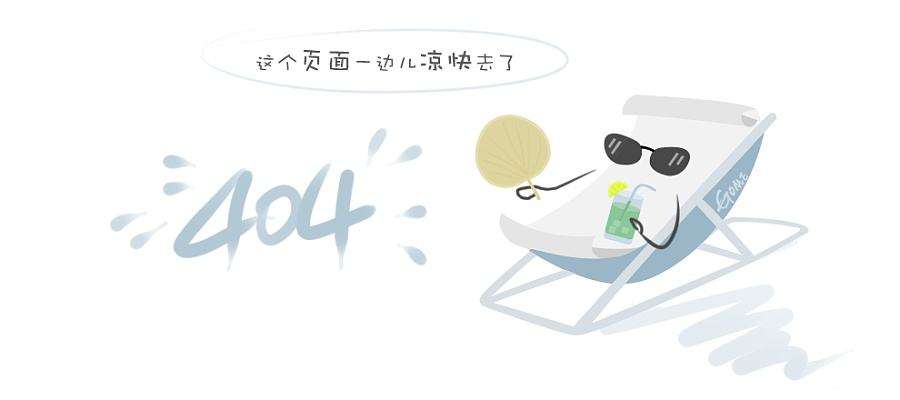
l represents brightness. 0-100 represents from black to white.
a represents red to green. positive values indicate red and negative values for green.
b represents yellow to green. positive values indicate yellow and negative values for blue.
for example, if the products’ color value is l:22.75,a:22.58,b:13.83.
its represents white is 22.75. red is 22.58, and yellow 13.83.


during the measurement, the first measurement is for target, the second measurement is for getting delta e value which is also called color difference value. the difference is the value of the measured product minus the sample
value, the brightness difference 鈻?nbsp;l, red and green difference 鈻?nbsp;a and yellow and blue difference 鈻?nbsp;b.
the formula is:
鈻?nbsp;l = l sample-l standard (brightness difference)
鈻?nbsp;a = a sample-a standard (red / green difference)
鈻?nbsp;b = b sample-b standard (yellow / blue difference)
鈻?nbsp;l too much white, 鈻?nbsp;l- too much black
鈻?nbsp;a too much red, 鈻?nbsp;a- too much green
鈻?nbsp;b too much yellow, 鈻?nbsp;b- too much blue
鈻?nbsp;l *, 鈻?nbsp;a *, 鈻?nbsp;b * is the difference of brightness l * and chromaticity value a * and b * between the target and sample.
鈻?nbsp;e represents color difference value, the calculation method and the brightness difference 鈻?nbsp;l, red and green difference 鈻?nbsp;a, yellow and blue difference 鈻矪 have a relationship.
the formula is:
鈻矱=[(鈻矻) (鈻砤) (鈻砨)]1/2
customers are mainly based on the 鈻?nbsp;e, brightness difference 鈻?nbsp;l, red and green difference 鈻?nbsp;a and yellow and blue difference 鈻?nbsp;b for color matching and adjusting.
鈻?nbsp;l is positive, indicates that the measured product is brighter than the sample, negative indicates the measured product is darker than the sample;
鈻?nbsp;a is a positive value, indicates the measured product is much more red than the sample, negative value indicates that the measured product is much more green than the sample;
鈻?nbsp;b is a positive value, indicates the measured product is much more yellow than the sample, negative value indicates that the measured product is much more blue than the sample;
lch color space, l is brightness, c is chroma, h is hue. brightness, chroma and hue are the three basic properties of color.
rgb color space, r is red, g is green, b is blue. this color space is most commonly used in the printing industry.
xyz color space, xyz value analysis the color according to the object surface reflection characteristics and degree.
